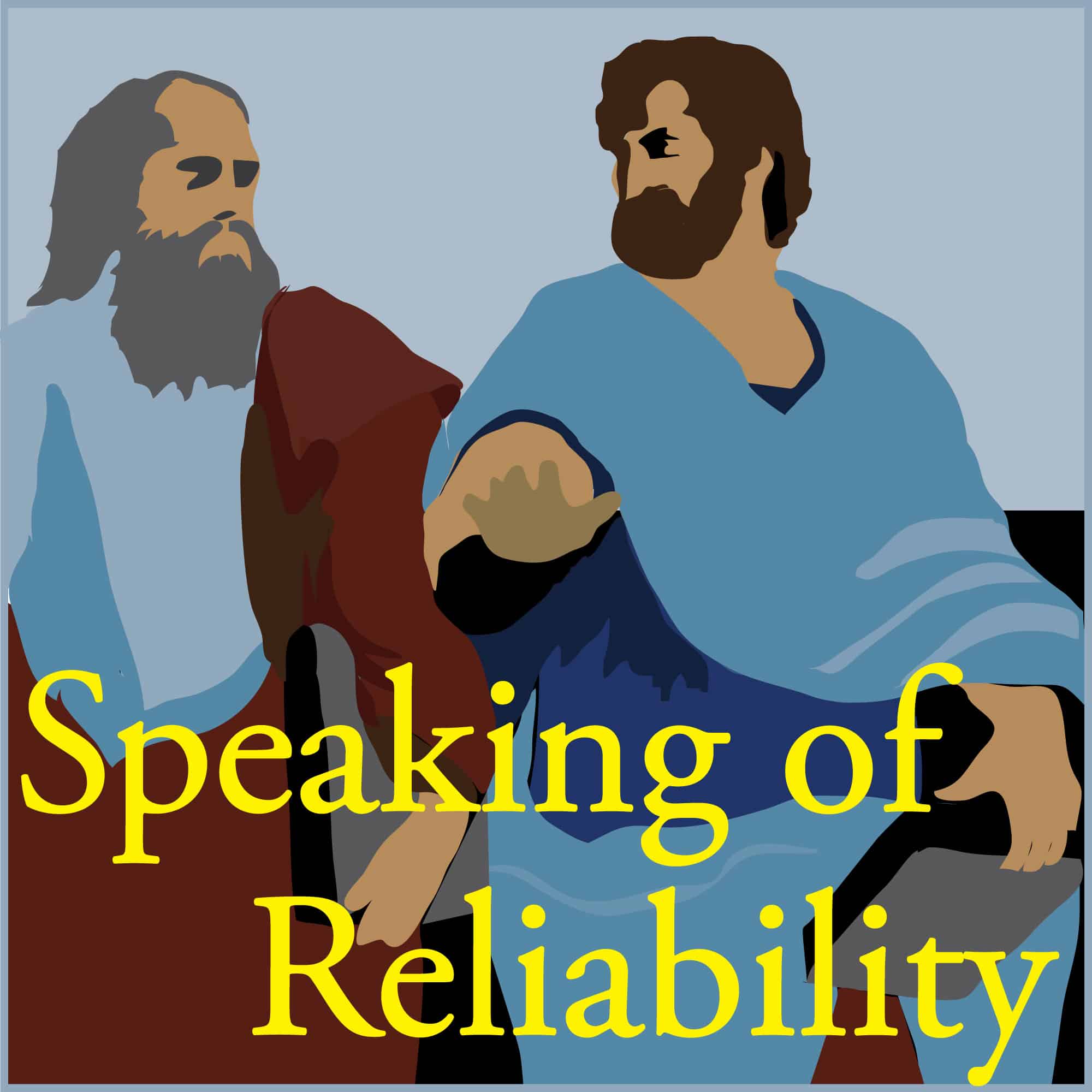
Excessive Starts and Stops Modeling
Abstract
Chris and Fred respond to a question asked by one of our listeners … who is wondering about the number of ‘starts’ and ‘stops’ on electrical and mechanical systems when it comes to characterizing reliability.
Key Points
Join Chris and Fred as they discuss how one goes about modeling the effects of ‘excessive’ ‘starts and stops,’ ‘power up/power down,’ ‘wind up/shut down,’ and so on.
Topics include:
- Starts and stops create different stresses and failure mechanisms. You won’t experience these when you are testing or using your item ‘at full throttle.’ For example, the fan hub of aircraft jet engines cycles from having no centrifugal forces (when not being used) to high centrifugal forces (when flying). So when the hub fails due to fatigue, it is based on the number of ‘Landing Take-Off (LTO) cycles.’ It doesn’t matter how long you were flying for … it’s all about the number of times it starts and stops.
- … so you need to analyze failures during each operating cycle separately. There’s no way around it. There is no magic number … like saying that every time you turn something off and on it increases the failure rate by 5 %. Things like inrush current, cold bearings, unlubricated parts and so on all cause damage in different ways.
- Then there are mission or use profiles. A mission or use profile tells you how many times you think a product is going to be ‘started and stopped’ during its useful life … along with how much time will be spent ‘at full throttle.’ This allows you to take your analyses of failures in each scenario and get system reliabiltiy characteristics.
Enjoy an episode of Speaking of Reliability. Where you can join friends as they discuss reliability topics. Join us as we discuss topics ranging from design for reliability techniques to field data analysis approaches.

 Ask a question or send along a comment.
Please login to view and use the contact form.
Ask a question or send along a comment.
Please login to view and use the contact form.
Leave a Reply